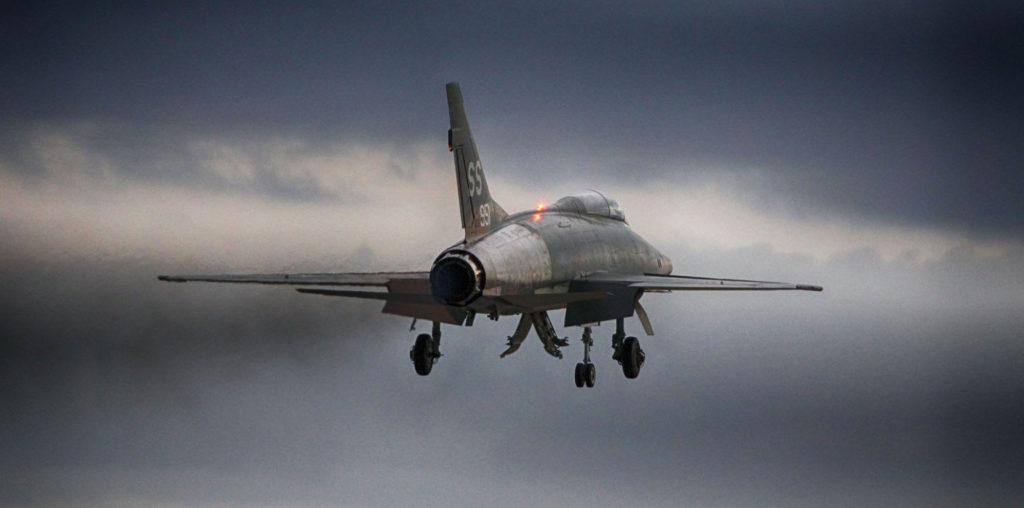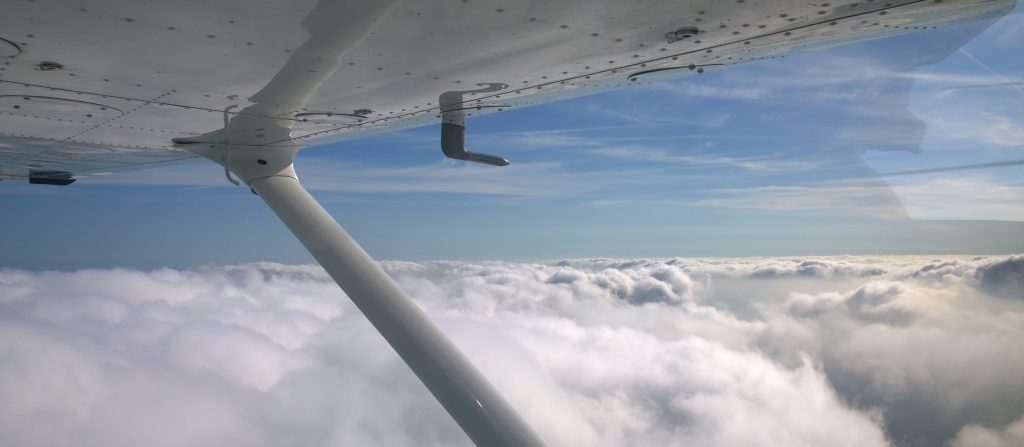Compiled by Michel TREMAUD ( Retired, Airbus / Aerotour / Air Martinique / Bureau Veritas )
I. Introduction
Quotes always are inspiring sentences that reflect the vision and wisdom of their authors; often, quotes encapsulate all the leading fundamentals of the subject matter and, hence, offer precious information on how we can adopt and adapt these fundamentals.
Here are a few quotes, from great aviation safety leaders, about incident / accident prevention and about the identification, analysis and use of precursors.
II. About the need for an evolving prevention strategy
“ As the accident rate reduces, the opportunity to develop effective accident-investigation-derived recommendations for the industry is also reduced …
… A shift is needed to the investigation of incidents that have the potential to lead to an accident …
… Reduced accident rates, long periods without accidents, limited outcome of incidents, … result in minimizing the perception of risk and the need to learn from incidents …
… The shift to minimize the perceived potential of incident reflects a shift of defense and avoidance of blame within the organization …
… Culture slips back to view only the individual aspect of error or failure …
… A culture of perceived risk minimization and blame avoidance largely diminishes the desire to learn from incidents, suggesting cheap solutions that do nothing to prevent the next incident or accident …
… So, what do we need to change ? … We need to recognize the precursor nature of incidents and treat incidents as free lessons “.
Andrew Rose – Air Safety Week – Sept. 27/04
“ Industry has moved from an analysis of what has happened to an analysis of what the data show might happen with a certain degree of probability “.
Marion Blakey – FAA Administrator – 2002-2007
“ If we were to continue to put downward pressure on the accident rate, we need far more information about trends, about precursors, and about what is going on every day in the manufacturing, operating and maintenance environments “.
“ We want to push the science of advanced data analysis tools that will enable discovering vulnerabilities, reveal precursors of accidents, and permit to proactively take steps to mitigate risks before loss of life “.
Nick Sabatini – FAA Administrator – Address to ISASI – May 2006
“ We are seeing a disturbing set of accidents that seem to lack a common thread …
… As random as these recent accidents look, though, one factor does connect them; we didn’t see them coming and we should have ”
Bill Voss – President and CEO, Flight Safety Foundation – AeroSafety World journal – May 2009
“ The proactive part of safety management is in trend analysis and human factors investigation to identify why events occurred and where we are most at risk …
… Our next accident is only a combination of incidents away “.
Captain Roger Whitefield – Chief Air Safety Investigator – British Airways
“ Instead of seeing humans as a source of risk, they should be seen as an indispensable resource of safety “
Erik Holnagel – presenting James Reason’s book “ Unsafe Acts, Accidents and Heroic Recoveries “
“ By looking across all sectors, with a mixture of expertise, we minimize the potential for overlooking gaps in safety barriers “.
Michael Bell – UK CAA
“ We failed to heed the data in a couple of ways “
Author unknown
“ The data were there but were didn’t find the implication in time “
Author unknown
“ The role of prevention is to displace the holes in the error plates “.
Author unknown
III. About data reporting / collection / integration
“ Integrations of data provide an early insight about safety issues, as they emerge around the world “
Bill Voss – President and CEO, Flight safety Foundation – AeroSafety World journal – September 2009
“ I want to know about each and every near-miss “.
Captain Scott Schleiffer – IASS 2005
“ We go where data send us ”.
Captain Charlie Bergman – ALPA International
IV About identifying precursors ( weak signals )
“ Shifting from what has been a traditionally forensic aviation safety stand to one that is proactive in order to uncover issues that were in the noise before and occurring infrequently “.
Nick Sabatini – FAA Administrator – August 2007
“ Predicting is important, but there is something always to be gained by remembering, as well “
Bill Voss – President and CEO, Flight safety Foundation – AeroSafety World journal – October 2008
“ What is important is invisible to the eyes “
Antoine de Saint Exupéry – Le Petit Prince
“ Making safety events and trends visible, understandable and usable, are the main challenges of any airline SMS “.
Captain Bertrand de Courville – Air France
“ Accident prevention begins with knowledge, insight and communication about events that occur on the line …
… By identifying links that cause chain-of-events reactions, we can raise our own level of consciousness and be more aware of traps that await all crewmembers “.
US Airway
“ It is increasingly accepted that accidents result from the insidious accumulation and interaction of many small failures, whether these be of equipment, personnel, procedures or the unanticipated consequences of automated processes “.
Captain Neil Johnston – Aer Lingus – 1996
“ As organizations, equipment and tasks become more complex and opaque to inspection and [ to ] the understanding of any one individual, we can expect increasingly esoteric and unexpected accident causal sequences “.
Perrow ( 1984 ) – James Reason ( 1990 )
“ Most accidents are triggered by known but ignored compromises that became critical due to their cumulative effect in a foreseeable set of circumstances “
Gerard M. Bruggink – Former Deputy Director, Bureau of Accident Investigations – US NTSB
“ Analyzing precursors is looking at small tremors in order to warn of a possible major earthquake “.
Author unknown
“ The identification of precursors deals with threats that – if allowed to remain unnoticed and unaddressed – could eventually result in a major event or accident “.
Author unknown
V. About data analysis
“ Sustaining safety trends requires full knowledge of factors that contribute to accidents, including the interplay of human and technical factors, policies, procedures and environmental and safety culture factors …
… We need to answer the following questions :
- What happened ? What are the facts ?
- How did it happen ? What were the breached defenses / controls ?
- Why did it happen ? What were the active and latent failures ?
- How to prevent the recurrence ? What prevention strategies / interventions are available and effective ?
Minimizing future risks is learning from the past “.
Charles H. Simpson – Acting Chairperson – Canadian TSB – 2005
“ The suggestion that corrective action is dependent upon the recovery of a trend or a pattern is misleading …
… Even one occurrence can establish a trend that demands immediate remedy “
Gerard M. Bruggink
“ In the problem lies the solution …
… You cannot fix a category of accidents, you can just fix the contributing factors …
… Assess what went wrong, what the crew did or did not do, and why ? …
… Formulate standard problem statements “.
Paul Russell – Boeing – CAST
“ We need to reach across boundaries to stop human error “.
Bill Voss – President and CEO, Flight Safety Foundation – AeroSafety World journal – April 2007
“ It is too much easy to criticize the benefit of insight, as no one can say that a different approach would have produced a different outcome “.
Author unknown
VI. About challenging our operating assumptions
“ What went wrong ? … What went right ? … What could we do to make it better next time ? “
Captain Dick McKinney – USAF – American Airlines – FSF
“ There are no new ways to crash an airplane … just variations on the theme “.
Author unknown
“ In an effectiveness / reliability diagram, a domain must account for defense ineffectiveness or defense unreliability ”.
Foresythe
VII. About using lessons learned
“ Advocating safety in this remarkable safe industry isn’t easy … It is tough to stand up every day and suggest fixes for problems that have not happened yet …
… It is even worse if you have to convince people to spend money on a risk that doesn’t seem real to them ”.
Bill Voss – President and CEO, Flight Safety Foundation – AeroSafety World journal – March 2008
“ Find the reasons, stop feeding the causes and let the reasons starve “.
Dr Robert O. Besco – American Airlines, retired – IASS 2000



